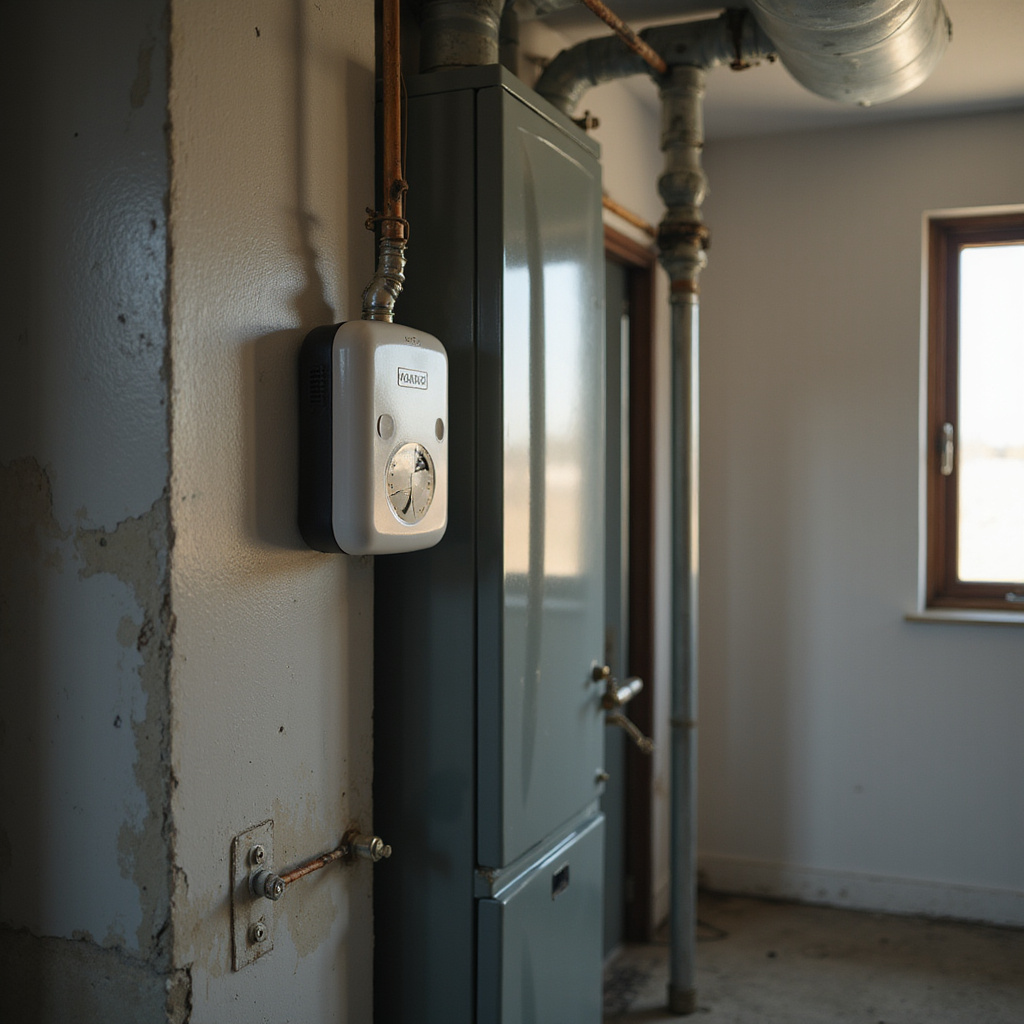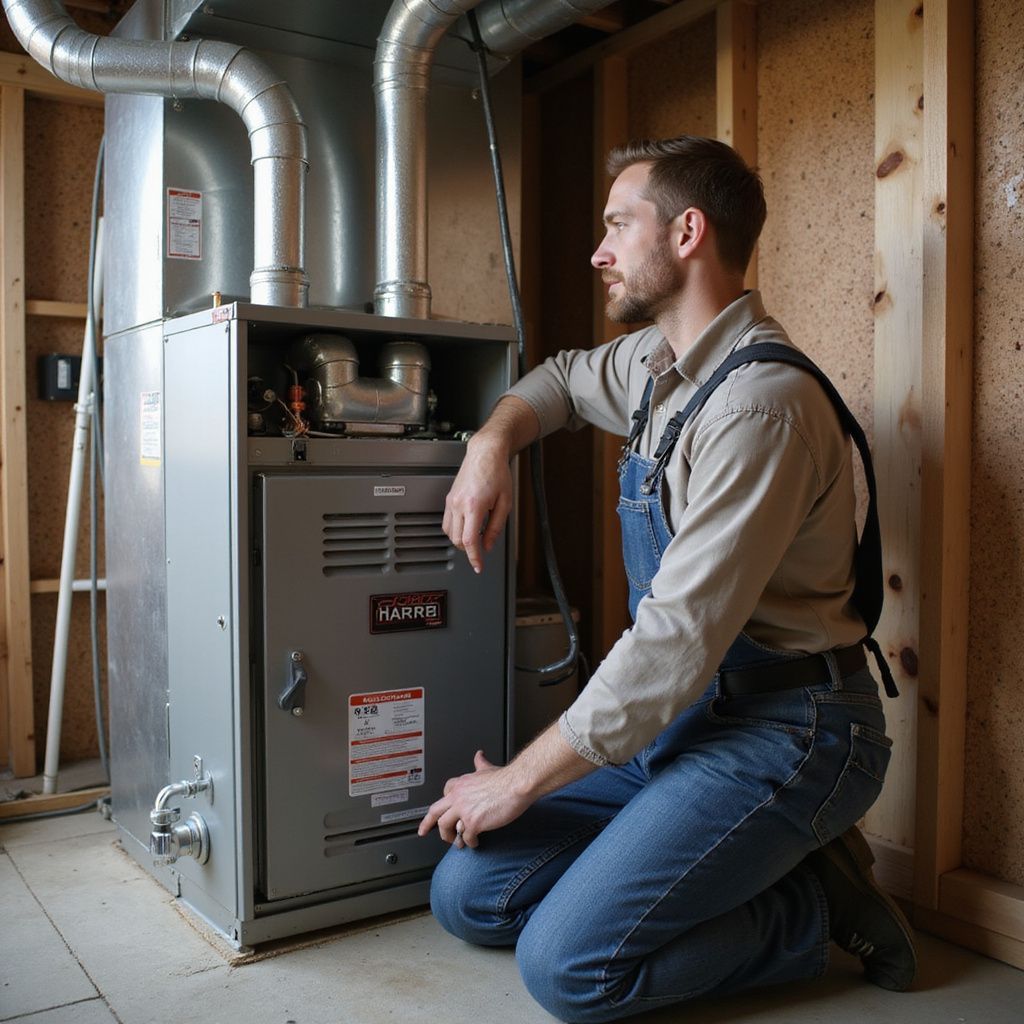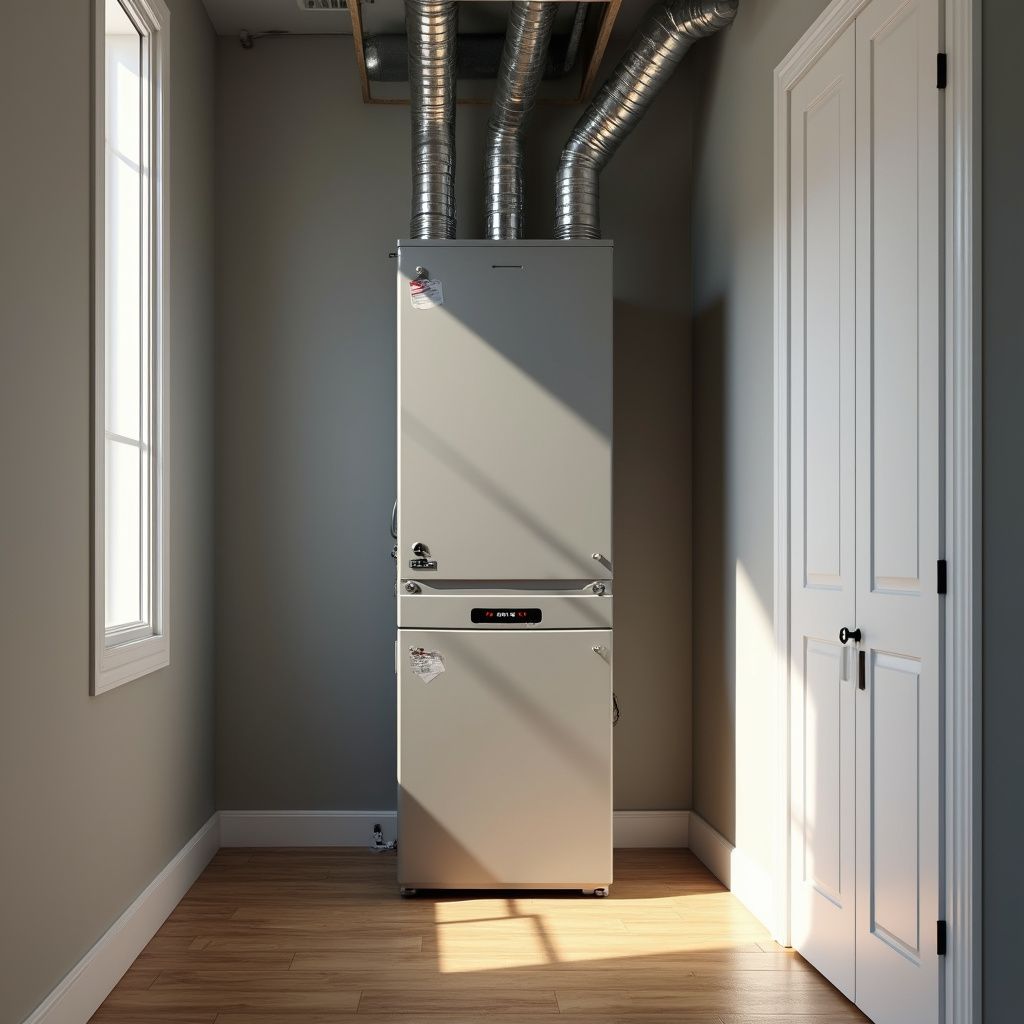How to Spot and Prevent Carbon Monoxide Leaks from Your Furnace
Carbon monoxide (CO) is called the "silent killer" for a reason—it’s colorless, odorless, and can be deadly even at low levels. Furnaces are a common source of CO, so awareness and prevention are crucial. Here’s what every homeowner should know.
1. What Is Carbon Monoxide, and Why Is It Dangerous?
CO is produced by incomplete combustion in gas-powered furnaces. The danger is real: CO binds to your blood’s hemoglobin more efficiently than oxygen, blocking vital oxygen delivery to organs. Even small leaks can have serious health effects, from headaches to fatal poisoning.
2. Causes of Leaks in Furnaces
Poorly maintained, cracked, or malfunctioning heat exchangers often leak CO. Blocked flues, improper installation, or lack of ventilation can also increase risks. Regular inspections target these vulnerabilities.

3. Recognizing the Signs of CO Exposure
Early symptoms include headache, dizziness, nausea, and confusion—often mistaken for flu. Multiple family members feeling sick in the same area is a red flag. If your CO alarm sounds or symptoms arise, evacuate immediately and call emergency services.
4. Preventative Measures
- Install CO detectors on every level of your home.
- Schedule annual furnace inspections and maintenance.
- Keep vents, chimneys, and flues clear of debris and snow.
- Never block air supply vents or use fuel-burning appliances in enclosed spaces.

Conclusion
CO poisoning is preventable with vigilance and maintenance, and symptoms should never be ignored. Protect your loved ones—know the risks, install alarms, and maintain your furnace each year.





